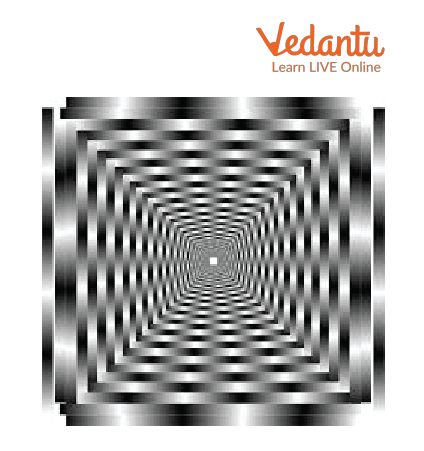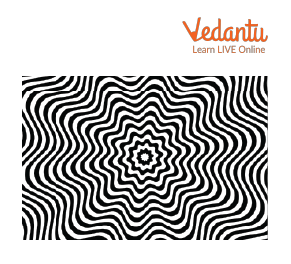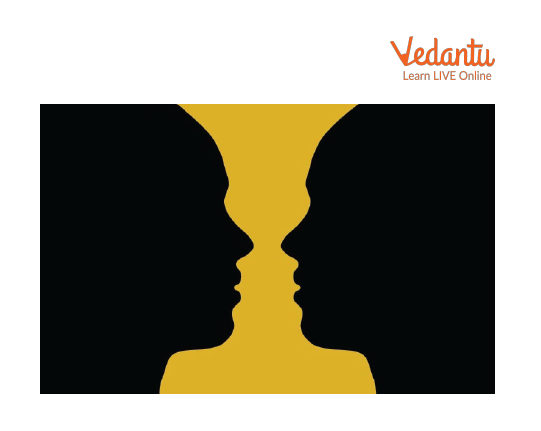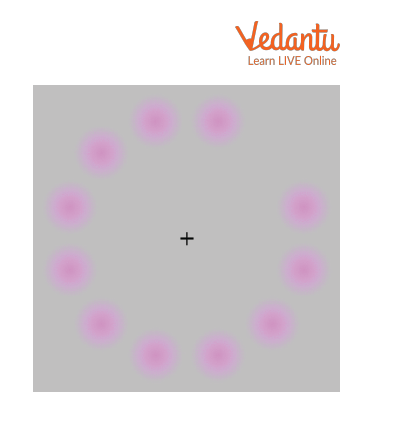




An Introduction to Optical Illusions
Till now you must be thinking, seeing is believing. Well actually what you are observing with the help of eyes and what you think you observed both are different things. Technically the information is gathered by your eyes and further transmitted to your brain but your brain does not simply just receive the gathered information, it creates your perception of observing the world which means that sometimes your brain fills in gaps when there is incomplete information and eventually creates an image that doesn't even exist in reality. This phenomenon is called an illusion, the optical illusion is something that is different from its appearance.

Optical Illusion
Working of Optical Illusions
Optical illusion happens when your brain and eyes try to communicate with each other but due to certain circumstances, the interpretation gets mixed up and our brain creates its own perception of observing things and we perceive a totally different but fascinating experience of things which we call an optical illusion.
Various Types of Optical Illusions
Literal Optical Illusion:
A literal optical illusion is when the image you see is different from the images that make it up.

Literal Optical illusion
Psychological Optical Illusion:
This optical illusion is complex in nature as every part of the image replies differently to the brain while shifting the focus within the image. The eyes see too much colour, light, dimension, size, and movement which confuses the brain to cause psychological optical illusions.

Psychological Optical Illusion
Cognitive Optical Illusion:
This optical illusion is most complex in nature because in this illusion, the eye plays the most complex trick on the brain. It’s not like other optical illusions, this illusion relies on what our subconscious mind thinks and relates one object in the image with another.

Cognitive Optical Illusion
Cool Optical Illusion Eye Tricks
1. The Ames Room Illusion:
In reality, both the persons are of the same height but due to optical illusion, one seems shorter than the other.

Ames Room
2. The Lilac Chaser Illusion:
In reality. the image is composed of a number of and with a ‘plus’ sign in the middle, so if you observe the ‘plus’ sign continuously for 30 seconds, the dots seem to fade away.

Lilac Chaser Illusion
3. The Muller-Lyer Illusion:
In this image, one line seems to be greater in length than another but in reality, both lines are of the same length.

The Muller-Lyer Illusion
Sample Questions
1. Explain the working of optical illusions.
Ans: When your brain and eyes try to communicate with each other but due to certain circumstances, the interpretation gets mixed up and our brain creates its own perception of observing things and we perceive a totally different but fascinating experience of things which we term as optical illusions.
2. Describe how psychological optical illusion works.
Ans: In psychological optical illusion, every part of the image replies differently to the brain while shifting the focus within the image. The eyes see too much colour, light, dimension, size, and movement which confuses the brain and causes illusions.
3. Describe how cognitive optical illusion works.
Ans: In cognitive optical illusion, illusion relies on what our subconscious mind thinks and relates one object in the image with another.
Conclusion
An optical illusion is basically a difference between reality and what our brain thinks it’s observing. Optical illusions are composed of light, colour, and pattern to create images that would be deceptive or misleading to our brains. They are being used in videographic aspects such as animation and films. Moreover, they are being used in camouflaging the warships so that they can remain hidden from their enemies.
FAQs on Facts about Optical Illusions
1. Hari and Ram both are observing a single image, Hari observes a duck while Ram observes a rabbit. Which kind of illusion are they experiencing?
Cognitive optical illusion.
2. Name various types of optical illusions.
Literal, psychological, and cognitive optical illusions.
3. Define optical illusion.
Sometimes your eyes are capable enough to trick your brain into interpreting things that are not the same as they appear. This is called an optical illusion.
4. Who created the oldest known optical illusion?
Aristotle created the oldest known optical illusion about 2000 years ago.
5. What causes colour illusion in pictures?
Color only starts to exist when our perception systems produce the impression of 'colour': light is perceived on the retina as a stimulus and is processed into a perception of colour in our brain.









